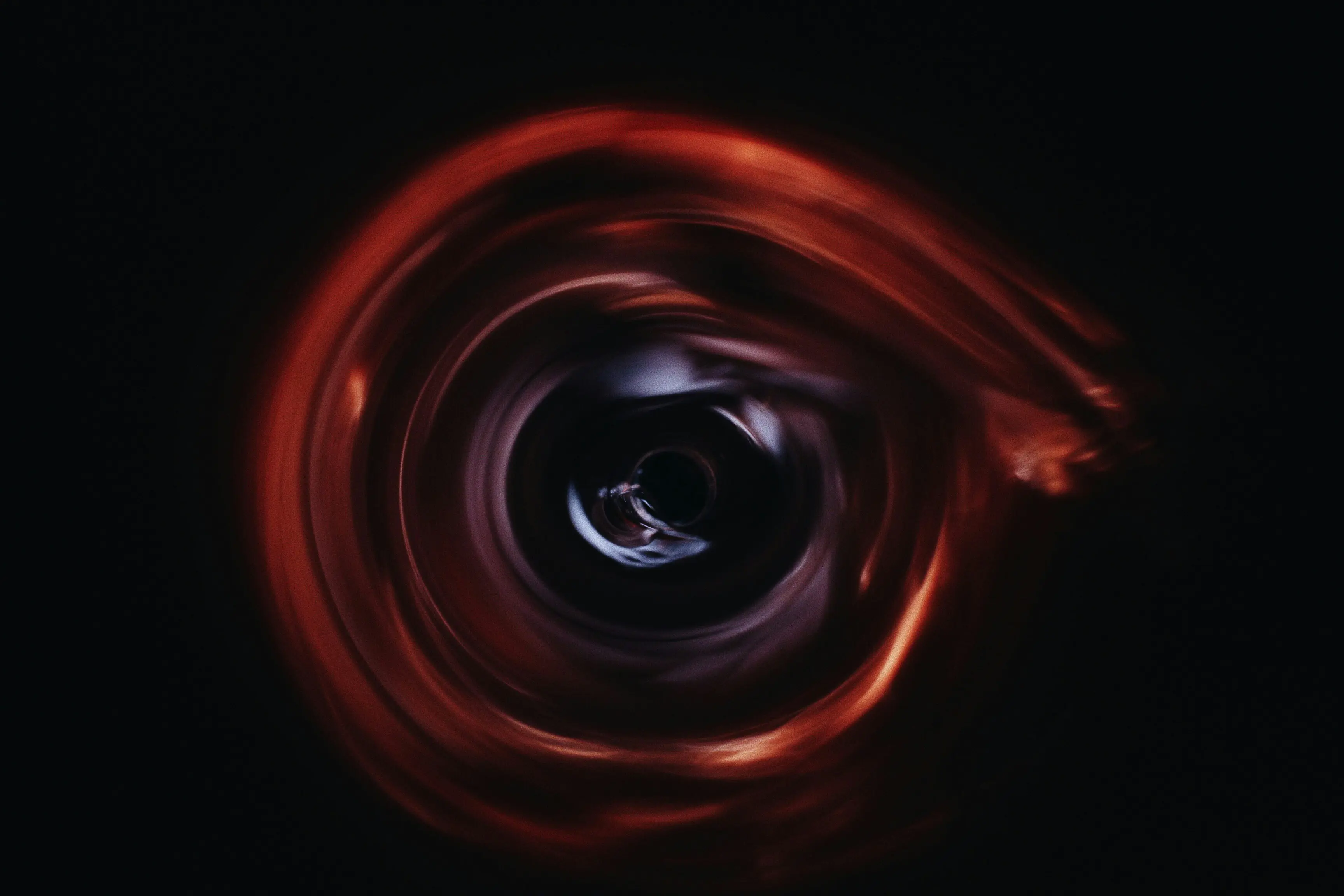Astronomers Uncover The Universe's Most Distant Black Hole

An international team of astronomers led by The University of Texas at Austin's Cosmic Frontier Center has achieved a groundbreaking discovery. They've identified the most distant black hole ever confirmed, located in the galaxy CAPERS-LRD-z9, which existed just 500 million years after the Big Bang. This places it a staggering 13.3 billion years into the past, offering a rare glimpse into the early universe's formation and evolution.
According to Anthony Taylor, a postdoctoral researcher at the Cosmic Frontier Center, "When looking for black holes, this is about as far back as you can practically go. We’re really pushing the boundaries of what current technology can detect." The team's findings were published on August 6 in the Astrophysical Journal.
As explained by Steven Finkelstein, the director of the Cosmic Frontier Center, while more distant black hole candidates have been proposed, none have shown the distinct spectroscopic signature needed for confirmation. This technique involves analyzing light's various wavelengths to uncover an object's characteristics. In black holes, astronomers search for the signature of fast-moving gas, which shifts light into different wavelengths as it moves around the black hole.
The discovery was made using data from the James Webb Space Telescope's (JWST) CAPERS program. This powerful telescope provides unprecedented views into space, enabling astronomers to explore the universe's most distant galaxies. Mark Dickinson, another co-author and lead of the CAPERS team, noted that JWST's spectroscopic capabilities are crucial for confirming distances and understanding the physical properties of these far-flung galaxies.
CAPERS-LRD-z9 is part of a newly identified class of galaxies known as Little Red Dots. These compact, red, and unexpectedly bright galaxies only existed in the universe's first 1.5 billion years. Finkelstein explained that the brightness of these galaxies might be due to supermassive black holes, rather than a large number of stars, as previously assumed.
This particular black hole, estimated at up to 300 million times the mass of our sun, is notably colossal, even among supermassive black holes. Its discovery suggests that early black holes may have grown much faster or started out more massive than current models predict.
Looking ahead, the team plans to gather more high-resolution data from JWST to further explore CAPERS-LRD-z9 and the role black holes played in the evolution of Little Red Dots. This research is supported by data from the Dark Energy Spectroscopic Instrument (DESI) at Kitt Peak National Observatory.